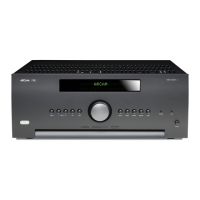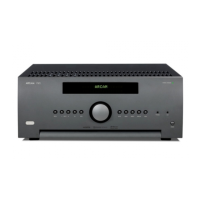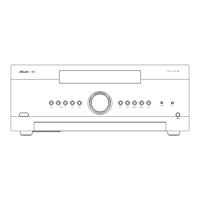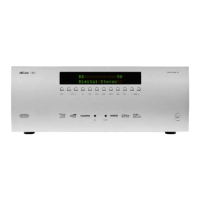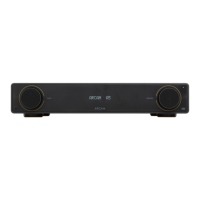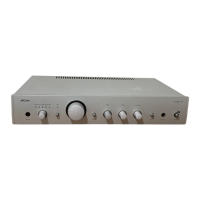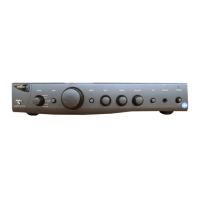How to fix Arcam AV860 that is not responding to the remote control?
- MMichaela CrawfordAug 21, 2025
If your Arcam Amplifier responds erratically or not at all to the remote control, make sure the remote has fresh batteries and that you're pointing it at the front panel window.
